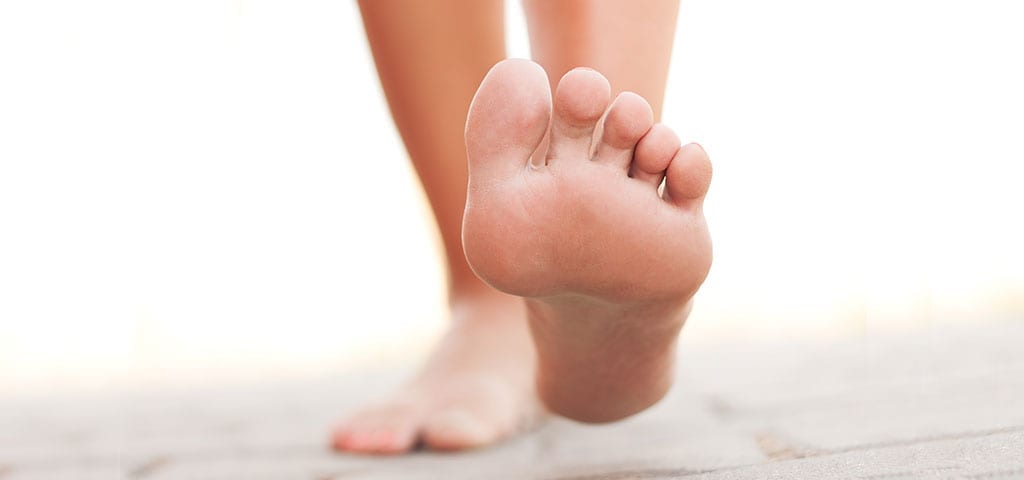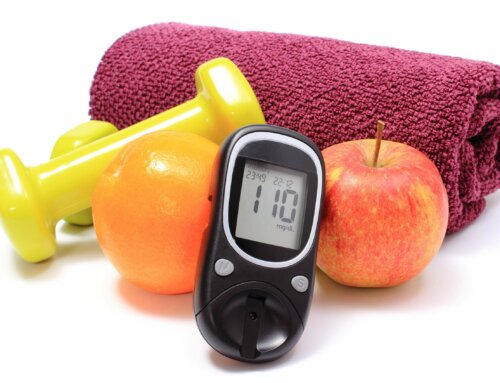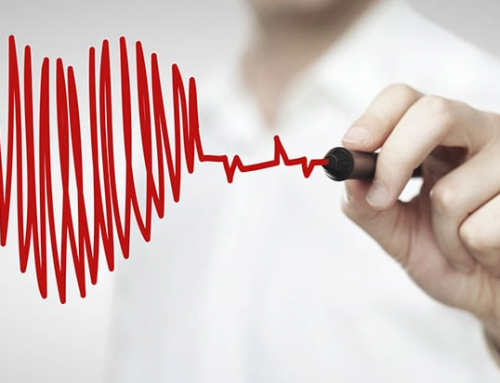Peripheral edema is another name for swelling of the lower legs, ankles and feet. The body may have trouble moving the fluid back up due to gravity, allowing the fluid to escape from the capillaries and ending up in the tissues. Leg swelling increases as we age, since we tend to retain fluid more easily. Besides gravity, there are many other reasons for swollen feet especially if you have diabetes. Other causes include obesity, alcoholism and pregnancy. Taking certain medications including hormones such as estrogen or testosterone, antidepressants like MAO inhibitors, blood pressure medications, steroids and NSAIDS or anti-inflammatory medicines can also cause fluid retention. Swelling can occur when you are confined to small spaces for a long period of time such as being in a car, train or plane. Fluid retention can be related to multiple medical issues including internal infections, gout, skin infections, embolisms, blood clots, cellulitis, pericarditis (an inflammation in the heart sac) or heart, liver and kidney failure. Lymphedema, a blockage in the lymph system, can also cause swelling in the extremities. Varicose or budging veins can increase swelling risk. Fluid retention and swelling should always be evaluated by your health care provider when you have diabetes to make sure there is nothing serious happening. If you notice an open wound or infection, have tenderness, redness, shortness of breath, unusual aching or fever, consult a physician immediately. If swelling is simply occurring from gravity and aging then there are several easy things that you can do to rectify the problem.
- Elevate feet and legs when seated or lying down: Almost every home now has a recliner where the feet position can raise up. If you do not have a recliner, just use an ottoman or pillows to elevate your lower legs and feet when seated. Many mattresses have controls which allow for foot elevation. Using pillows under your legs and feet when lying down can be an easy fix.
- Lose weight: If you are overweight, it is hard on your hips, knees and feet and can lead to extra swelling. As with diabetes, just losing 5-7% of your body weight can help with late afternoon fluid retention.
- Lower your sodium intake: Many people are salt sensitive and reducing the intake to 1500mg instead of the usual 4000-6000mg a day will make a huge difference. Besides swelling it can help lower your blood pressure. Watch out for bagged, canned and boxed foods as well as frozen dinners. Use herbs to flavor foods.
- Always stay active: When traveling for long periods of time, take short breaks. Stop every 2 hours when driving to take a 10 minute walk with mild stretching including toe raises. When traveling on a train or plane, stand up to get extension and contraction of your leg muscles. Sit in your seat and do leg/ankle circles. When sitting at a desk all day, try to get up every hour, stand and stretch for 5-10 minutes. Put a box or foot lift under your desk to slightly raise your feet.
- Consider support or compression hose: It is important to check with your health care provider if you decide to try compression hose. Support hose need to fit properly with different pressures at the foot and leg region. This helps you put them on and wear them without discomfort and frustration. Compression hose come in different lengths including knee and thigh length. You can also purchase footless compression stockings if the swelling is higher in your leg without foot involvement.
- Diuretics: Water pills may be added to your medication regimen if you are suffering from excessive fluid retention. Some people take them to help reduce their blood pressure.
- Ice packs: Some people tolerate ice packs or ice water baths which will help reduce foot and leg swelling quickly; inflammation is often related to swelling and ice really works. Never place ice packs directly on your skin or keep on for more than 10-20 minutes at a time. Do not plunge feet into ice water if you have a heart condition.
- Exercise: A regular exercise program will help with circulation and fluid movement. Any movement helps but aerobics will be the best for fluid movement. Think walking, elliptical, stair climbing, cycling and jogging for blood and fluid motion.
- Do not smoke and reduce alcohol intake: Both will easily lead to swelling and fluid retention.
- Practice yoga: Yoga has many positions which aid circulation and reduce fluid retention. Doing any position which allows for your feet to be above your head is especially helpful. Lie down on the floor and place your legs up against a wall for 10-15 minutes to reabsorb fluid which is also very relaxing.
- Soak feet in Epsom salts: These salts can decrease inflammation and help muscles relax.
- Do your own foot and leg massage: Use lavender oil or a diabetic foot cream like Eucerin to gently massage your lower legs and feet by working your way up the lower legs. This can help with blood flow. Do not massage in a downward motion which will build up fluid in the feet.
- Treat yourself to a professional massage: Besides total relaxation, you will increase circulation. There are massage therapists who work specifically on lymphedema patients with special techniques that reduce swelling. They are often affiliated with hospital physical therapy departments.
- Magnesium: Talk to your physician about a magnesium supplement taken at bedtime since a magnesium deficiency may cause edema. It may also help with nighttime leg cramps. If you do not want to take a supplement, try foods high in magnesium which are leafy greens, nuts, seeds, fish, beans, avocados and whole grains.
Because foot swelling can have an impact on how your shoes fit and your risk of neuropathy and peripheral vascular disease is increased due to diabetes, you may want to review some of these tips on fitting shoes properly.
- If you presently own shoes that are tight fitting, causing discomfort, corns or blisters get rid of them! Usually if they don’t work at the beginning it is difficult to obtain a good fit. Remember for women especially: watch out for narrow toe boxes and high heels which exert too much pressure on the ball of the foot.
- When purchasing new shoes, remember to break them in slowly and wear for 1-2 hours a day.
- When shopping for shoes, go in the afternoon when your feet will be slightly swollen and expanded due to gravity. Carry your own socks that you will be wearing with the shoes since they typically supply thin nylons at the store.
- Have your feet measured professionally each time you shop for shoes since size may vary. Have them measure both feet and purchase the shoes based on the larger foot. Most people do have one foot that can be up to a whole size larger. Include an insert for the smaller foot so it does not move around and create a blister. Never be in a rush to purchase well fitting shoes.
- Make sure to stand in the shoe which may feel completely different than sitting. Always walk on a soft surface like carpeting and a hard surface in the store. Make sure there is some distance between your longest toe and the tip of your shoe [1/4-1/2 inch] so no added pressure is felt while standing.
- Check the shoe quality and material. You can find a cheaper price for vinyl or plastic shoes but you will also sweat more which may cause toenail fungus and athlete’s foot as your foot will not be able to breathe.
- Check the shoe interior. Look for added seams, tongues, labels and other rough spots which may create pressure and irritation.
- Check the soles. Look for rubber soles or a non-skid bottom which may save you from a fall and offer you more cushioning.
- Consider inserts either made especially for you by a podiatrist or simply buy the over the counter “Dr. Scholl’s” variety for added comfort and proper foot placement.
- If you have Medicare or a Medicare equivalent insurance plan, you are entitled to a free pair of shoes annually which will be specially fitted for you.
- Check your feet nightly for open areas, hot spots or changes in skin color. Air out shoes between wearing to reduce the risk of athlete’s foot and fungus. Try a medicated foot spray after showering for added protection. Keep skin supple with a high quality foot cream and only use powder between the toes.
Foot and lower leg swelling is very common especially near the end of the day for everybody. With diabetes, you need to be extra careful to avoid problems due to your increased risk of neuropathy and peripheral vascular disease. Always check with your physician if you feel it may be related to a medical problem otherwise try these simple tips to help your feet stay healthy and happy!
NOTE: Consult your Doctor first to make sure my recommendations fit your special health needs.







Is numbness in feet constant , or temperary for diabetics
Hi Jim,
It really depends on the individual and how long they have been suffering from neuropathy along with their blood sugar control. The sooner you get blood sugars down in the range of an A1C of 7%, the more the numbness could dissipate. If diabetes has been out of control for a long period of time ,the nerves may not regenerate and the numbness may be permanent. Check with your physician for medication options which may relieve symptoms as well as taking extra special care of your feet. If you suffer from numbness make sure to visit a podiatrist to cut your toe nails to prevent injuries and keep your feet covered even in the house for protection. Hope this helps and best of luck!